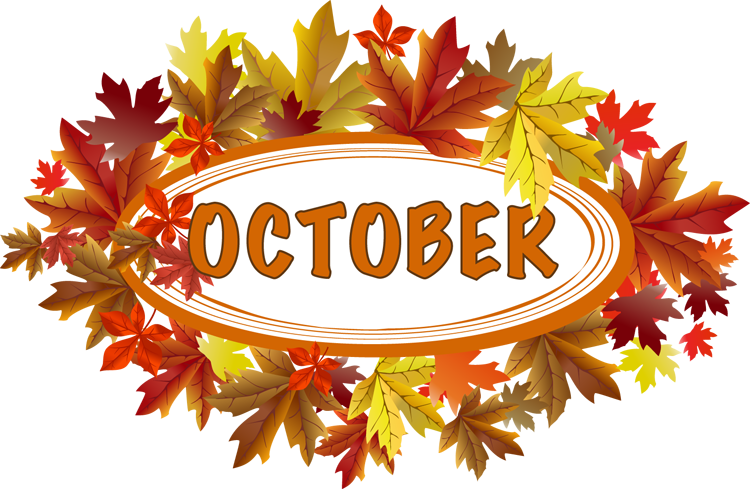Children and Nature:
Who let the kids out?
By Connie Matthiessen, GreatSchools.org
You've probably had this experience: The kids have been cooped up all morning and now you're heading out to the park, just to get them outside. In the car, they squabble and sulk - the oldest doesn't want to go, the second complains about the third's singing, the third begins to cry - and you're on the verge of losing it. No one, you're convinced, will make it back from this outing alive.
But when the kids pile out of the car, everything changes. They begin running around, exploring, getting dirty, discovering rocks, and making up games. When it's time to pack up, everyone is cold, muddy, and hungry but miraculously transformed.
What happened, exactly? Call it the restorative power of nature. Many parents observe these positive effects every day. Since Florida mother and writer Dianne Venetta created an organic garden in her back yard, it's been a major draw for both of her children - though in different ways. "My son gets down in the dirt and finds bugs and bees and worms, and [he] wants to learn everything about them," she says. "My daughter is more of an observer - she likes to photograph and draw everything she sees."
Heather Reed, who lives in Texas, says her son Timmy begs to go outside every day, and has since he was very small. Timmy, now five, has autism and developmental delays; he doesn't speak. When he wants to go outside, he grabs her hand and leads her to the door. "He loves watching the water in the pool ripple and the shadows that are created from sunlight falling on objects," Reed says. "He doesn't need a reason to be outside; he just wants to be there." After he's spent time outdoors, Timmy is more relaxed and tends to interact more, she says.
A growing body of research supports anecdotal evidence of nature's therapeutic effects - on children, adults, and communities as a whole. Scientists at the University of Illinois' Landscape and Human Health Laboratory, for example, found that time out of doors reduces symptoms in children with ADHD. They also demonstrated a link between exposure to nature and increased self-discipline in girls, and a third study found that vegetation reduces crime in urban communities. Research by University of Rochester scientists even found evidence that nature makes people more caring.
Go out and play!!
- Doctor's Orders - Kyle Morrison works with his patients on lifestyle changes like increasing exercise and improving eating habits; he also beats the bushes to find scholarships for summer camps, in hopes that a few of his patients will have the opportunity to spend a week of summer outdoors.
Beyond the human toll of nature deficit disorder, health professionals like Morrison are concerned about the financial costs of treating people for conditions like obesity, diabetes, asthma, and depression. A growing number of physicians are treating nature deficit disorder the way they treat other maladies: by prescribing time-out-of-doors for patients - adults and kids alike.
- Green Hour - Many national environmental groups have started campaigns to encourage kids and families to spend more time outside. The National Wildlife Federation, for example, recommends that kids spend at least an hour a day out of the house, which they call the "Green Hour." The Sierra Club'sBuilding Bridges to the Outdoors program is a nationwide effort to give every child an outdoor experience. And the Outdoor Alliance for Kids (OAK), recently kicked off a Facebook campaign called Get Your Nature On to inspire kids to spend more time outside.
- Wilderness School - Bay Area Wilderness Training (BAWT) provides wilderness training for teachers and youth leaders; it also has a lending "library" where groups and teachers can borrow outdoor equipment, including backpacks and tents, for free. Teachers and youth leaders from all over the Bay Area and as far away as Fresno and Los Angeles come to BAWT for training and to borrow gear.
It's about the future - not just for young people but for the entire planet. "If we raise a generation of kids whose activities are all indoors, they'll never develop a relationship with the environment - they'll see no reason to care. Connecting kids to the out of doors in a way that makes them realize, 'this is fun, this is a place I want to be' - that's going to create a generation of environmental stewards."
|
 |
What Kids' Drawings Say About Their Future Thinking Skills
by MAANVI SINGH

At age 4, many young children are just beginning to explore their artistic style.
The kid I used to babysit in high school preferred self-portraits, undoubtedly inspired by the later works of Joan Miro. My cousin, a prolific young artist, worked almost exclusively on still lifes of 18-wheelers.
These early works may be good for more than decorating your refrigerator and cubicle, researchers say. There appears to be an association, though a modest one, between how a child draws at 4 and her thinking skills at 14, according to a study published in the journalPsychological Science.
The findings don't mean parents should worry if their little ones aren't producing masterpieces early on. But the study suggests that intellectual and artistic skills may be related to each other in a way that reveals something about the influence of our genes.
Researchers from King's College London enlisted 7,700 pairs of 4-year-old identical and fraternal twins in England to draw pictures of a child. The researchers scored each drawing on a scale of 0 to 12, based on how many body parts were included. All of the kids also took verbal and nonverbal intelligence tests at 4 and 14.
Kids with higher drawing scores tended to do better on the intelligence tests, though the two were only moderately linked. And that was expected, says Rosalind Arden, a cognitive geneticist who led the study while at the King's College Institute of Psychiatry. The drawing test researchers used was first developed in the 1920s to measure children's cognition. And studies have shown the test to be useful but not always accurate.
In a surprise to the researchers, the drawings and the test results from identical twins (who share all their genes) were more similar to one another than those from fraternal twins (who share only half their genes). "We had thought any siblings who were raised in the same home would be quite similar," Arden tells Shots. The findings add to the growing body of evidence that suggests genes can play a role in both artistic and cognitive ability, she says.
This doesn't mean that a child's genetic predisposition necessarily hurts his or her chances of succeeding in artistic and intellectual endeavors, Arden says. As previous studies have shown, countless factors affect a person's abilities - and genes are only one of them.
How would Jackson Pollock and Mark Rothko have done on the drawing test when they were kids? Arden says she and her colleagues are trying to figure out whether judging the children's art in some other way (maybe based on creativity instead of accuracy) would reveal something different about their intelligence.
But we shouldn't assume that these abstract masters couldn't draw realistically, Arden says. Picasso was a prodigy, who could draw everything from birds to busts with amazing accuracy at a young age. In fact, the artist famously said he easily learned to draw like Raphael when he was young, but it took him a lifetime to learn to draw like a child.
The most amazing thing about the drawings collected for this study is that they represent such a range of both ability and style, Arden says. "I had a fantastic time looking through them."
|
|
|
 |
| Get Funky - Children's Songs by The Learning Station |
|
Look What's
Happening in...
~~~~~~~~~~~~~

October is Fire Safely Month!!
October 6th-10th:
Henry County Schools Fall Break
No GA Pre-K Classes
October 15th:
Fall Pictures
October 21st:
Community Helpers Visit
(Fire Department and Police Department)
October 28th-30th:
Pumpkin Patch Field Trips for all Pre-K classes...see your child'd teacher for the specific date.
October 31st:
Costume Party
|
What Parents Say...
Are You in the Loop?
Get News & Resources...
|
GET CONNECTED !
Review us online for a
FREE Giftcard !
|
Find us On Yahoo

|
Quote of the Month
~~~~~~~~~~~~~~~~
|
RECOMMENDED
READING...for kids!!
Nelly Gnu and Daddy Too
by Anna Dewdney
Drawing. Reading. Building. Painting. These are things Nelly loves to do?but they're always better with Daddy Gnu! With fun-to-read rhyme, a little silliness, and a lot of warmth, Anna Dewdney-the creator of the beloved llama llama books-tells the story of a daughter and her daddy and their wonderful day together.
RECOMMENDED READING... for parents!
A mindful approach to parenting that helps children (and their parents) feel happier, healthier, calmer, and less stressed in our frenetic era
Rooted in the science of the brain, and integrating cognitive neuroscience and child development,Mindful Parenting is a unique program that speaks directly to today's busy families who make up what Dr. Race calls "Generation Stress." Research has shown that mindfulness practices stimulate the prefrontal cortex of the brain. Regular stimulation of this part of the brain helps us feel happier, healthier, calmer, less anxious, less stressed, and makes it easier for us to concentrate and think clearly-the very behavior we are hoping our children will display.
|
AUTUMN FUN FOR
FAMILIES
Try this fun Fall theme crossword
with your kids!!
|
|
|

